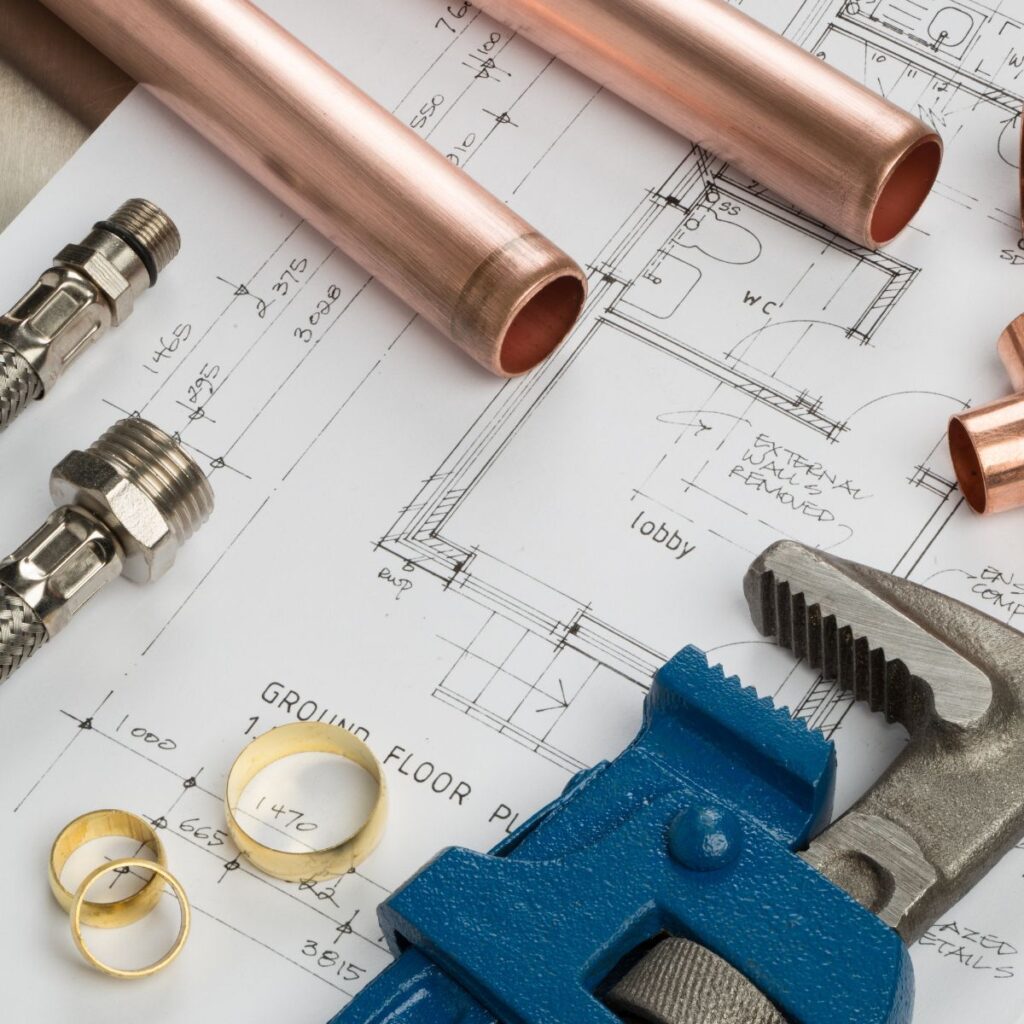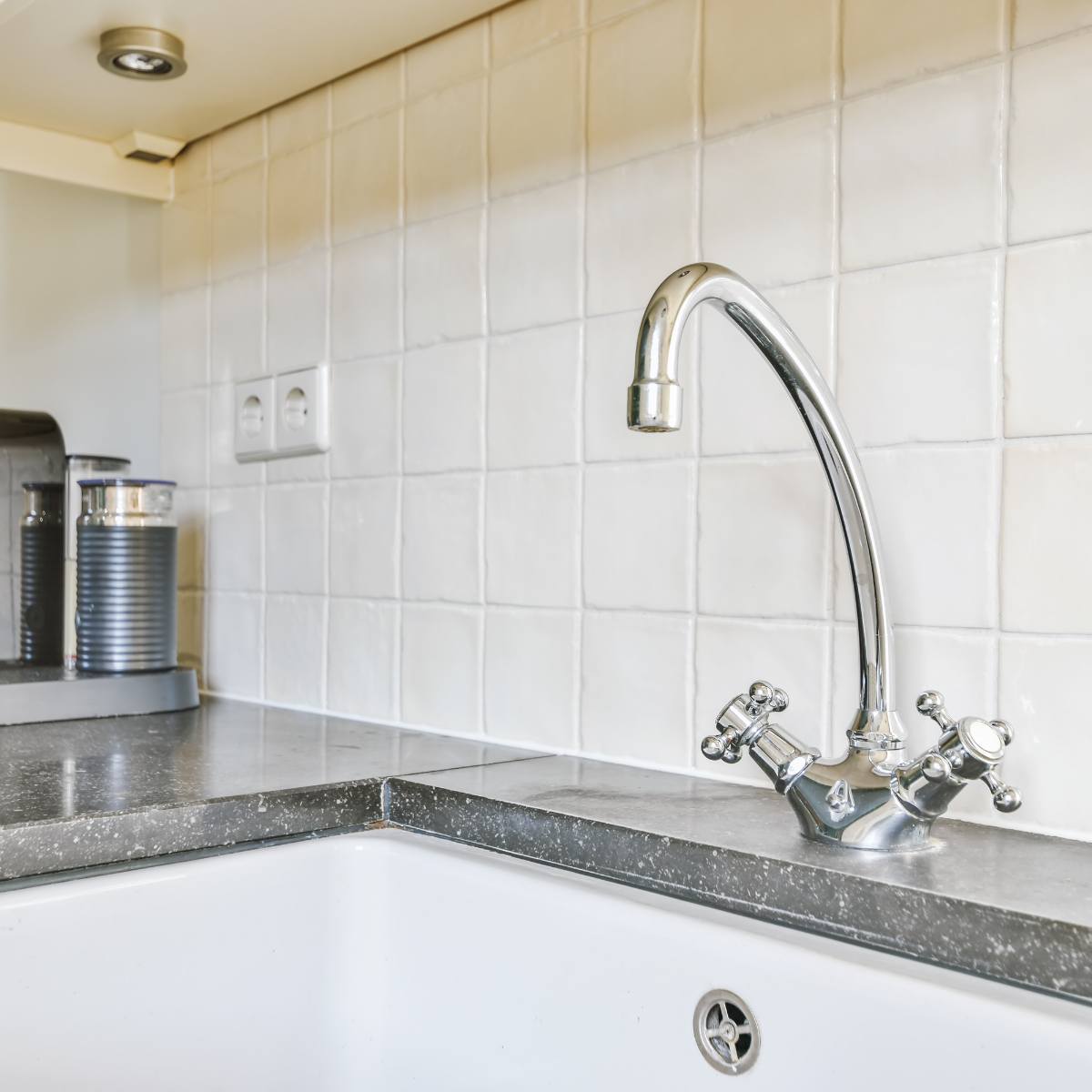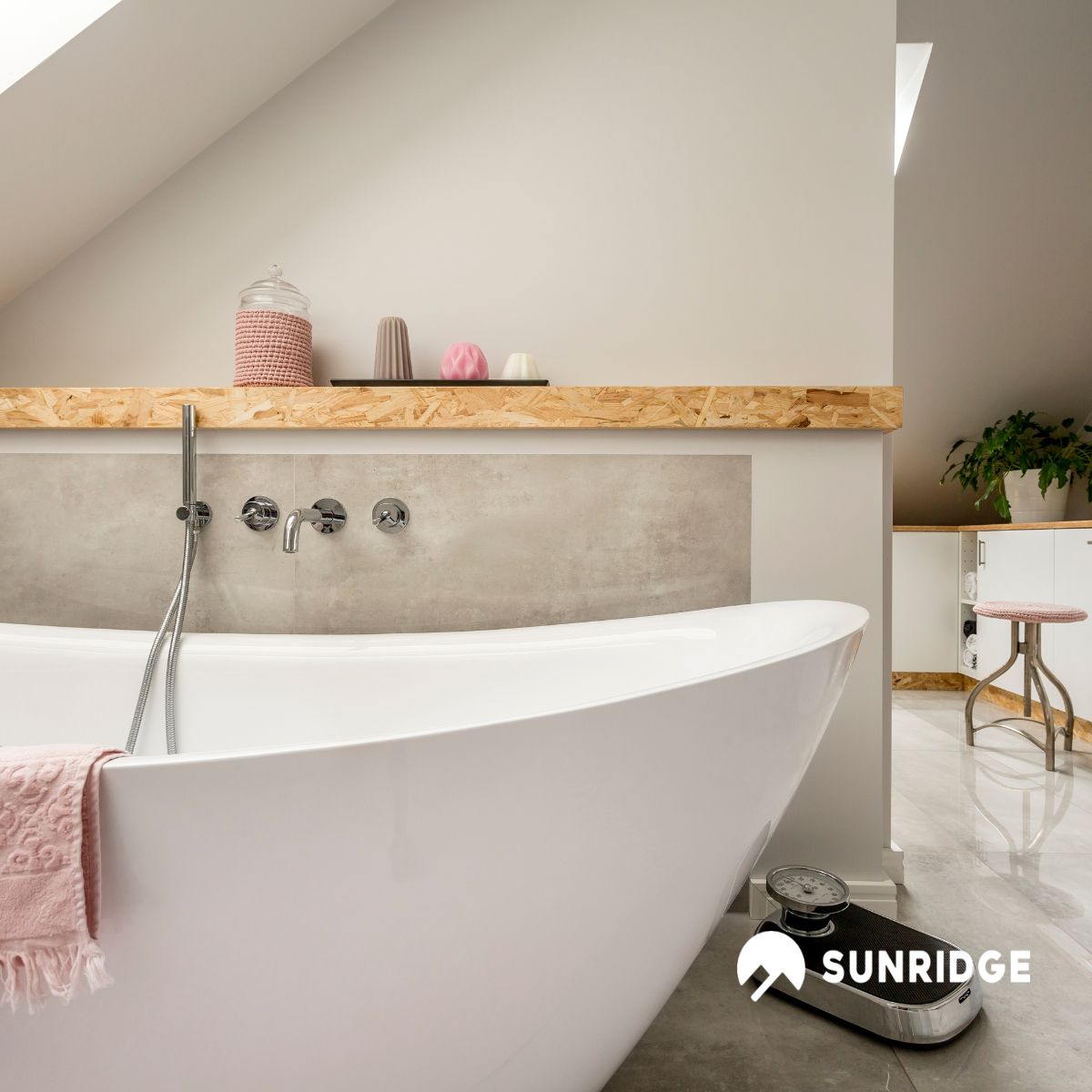Why the Bargain Bin Can Be Dangerous
We’ve all been there. Standing in the hardware store, faced with two seemingly identical plumbing parts. One is gleaming, feels substantial, and carries a price tag that makes your wallet wince. The other is, well, there, cheaper, and promises to do the same job. Your inner economist pipes up, “Why pay more if this one works just as well?”
Ah, dear homeowner, that’s where the plumbing gremlins lie in wait. The truth is, that seemingly identical, cheaper part often doesn’t work just as well, and certainly not for as long.
Here’s why that bargain bin is often a wolf in sheep’s clothing:
The Illusion of Identicality: What You Don’t See Can Hurt You (and Your Floors)
On the surface, a brass tap connector might look like any other. But quality lies in the unseen. Cheap fittings often use:
- Inferior Alloys: Instead of pure brass or high-grade stainless steel, you might find alloys with higher lead content, weaker metals, or even plastic components masquerading as metal. These materials are prone to corrosion, cracking, and premature failure. Imagine the joy of a shiny new tap that starts weeping rust stains onto your pristine basin after just a few months. Not so cheerful now, is it?
- Poor Manufacturing Tolerances: Precision matters in plumbing. A high-quality fitting is manufactured to exact specifications, ensuring a tight, leak-free seal. Cheaper alternatives often have looser tolerances, leading to fittings that don’t quite fit, requiring excessive force, or simply failing to seal properly from day one. It’s like trying to fit a square peg in a slightly-less-square hole – eventually, something gives.
- Substandard Gaskets and Seals: These tiny, often overlooked components are the unsung heroes of leak prevention. Cheap parts use flimsy rubber or silicone that quickly degrades under pressure, temperature fluctuations, or exposure to chemicals in your water. That slow, insidious drip behind your wall is often the direct result of a seal that decided to retire early.
The Hidden Costs of the “Bargain”:
That initial saving of R50 on a fitting can quickly snowball into thousands. Here’s how:
- Repair Costs: When a cheap part fails, you’re not just replacing it. You’re paying for a plumber’s call-out fee (which, let’s be honest, could fund a small holiday), their labour, and the cost of the new, hopefully better, replacement part. It’s like paying for a bad joke twice.
- Water Damage: This is the big one. A burst pipe, a slow leak behind a wall, or a dripping connection under the sink can lead to significant water damage to ceilings, floors, carpets, furniture, and even structural elements of your home. Mould growth, electrical hazards, and extensive renovations quickly make that initial “saving” look like a down payment on a disaster.
- Increased Water Bills: Even a persistent drip can waste hundreds of litres of water over a month, quietly inflating your municipal bill. In a water-stressed country like South Africa, this isn’t just about money; it’s about responsible resource management.
- Time and Stress: The time spent dealing with a plumbing emergency, coordinating repairs, and drying out soggy possessions is invaluable. The stress of discovering a major leak is enough to turn anyone prematurely grey. Who needs a meditation retreat when you can just buy quality plumbing supplies instead?
Homeowner Hall of Shame: Common Mistakes to Avoid Like a Burst Pipe
Let’s shine a spotlight on some of the classic blunders homeowners make when it comes to plumbing. Learn from the mistakes of others, so you don’t have to experience the cold, wet reality yourself.
Mistake #1: The “DIY Diploma” and “Just Wing It” Mentality
- The Scenario: You watched a 5-minute YouTube video. You’re now a plumbing expert. You grab the cheapest tools and fittings, confident you’ve got this.
- The Reality: Plumbing systems are complex. Different materials, pressure requirements, and local regulations all play a role. A loose connection, an incorrectly applied sealant, or a wrong pipe size can lead to catastrophic failure. Professional plumbers spend years learning their craft for a reason.
- The Fix: For anything beyond a simple tap washer replacement, consider calling a qualified plumber. If you insist on DIY, invest in proper training, high-quality tools, and, crucially, quality plumbing supplies. Don’t be afraid to ask for advice at your local reputable hardware store.
Mistake #2: Prioritising Aesthetics Over Functionality
- The Scenario: You found the most gorgeous, avant-garde faucet online for a steal! Who cares if it feels a bit flimsy? It matches your new bathroom tiles perfectly.
- The Reality: While aesthetics are important for fixtures you see, internal components and pipes are where functionality truly matters. That beautiful tap might have cheap ceramic cartridges or plastic connectors internally that are destined to fail quickly.
- The Fix: For visible fixtures, seek a balance between design and quality. For everything behind the walls or under the sink, quality and durability should always be the priority. Ask about internal mechanisms, material composition, and warranty.
Mistake #3: Mixing and Matching Incompatible Materials
- The Scenario: “Oh, this PVC pipe is cheaper for this section, and I have some old copper fittings lying around. I’ll just make it work.”
- The Reality: Different metals can react with each other (galvanic corrosion), leading to accelerated degradation. Different pipe materials have varying thermal expansion rates and joining methods. Mixing them without proper adapters or understanding the chemistry can lead to leaks and system failure.
- The Fix: Consult with your plumber or a reputable supplier about material compatibility. Stick to uniform material systems where possible, or use approved transition fittings. This is especially relevant when dealing with modern solutions like multi-layer piping, which requires specific joining techniques.
Mistake #4: Ignoring the “Behind the Walls” Essentials
- The Scenario: You’re renovating your bathroom. All the budget goes into tiles, a fancy vanity, and a new showerhead. The pipes behind the wall? “Nah, they’re fine. Out of sight, out of mind.”
- The Reality: Your pipes are the arteries of your home. If they’re old, corroded, or made of inferior materials, they are ticking time bombs. A burst pipe inside a wall is arguably the most frustrating plumbing emergency, requiring extensive demolition and repair.
- The Fix: When renovating, always inspect and consider upgrading the underlying plumbing infrastructure. This is where systems like Sunridge Rifeng multi-layer piping shine. They offer a modern, durable, and reliable solution that ensures peace of mind for decades to come, precisely because they aren’t out of mind.
The Sunridge Rifeng Difference: Investing in Peace of Mind
This is where Sunridge Africa steps in, offering quality plumbing supplies that are designed to last. Our Sunridge Rifeng multi-layer piping isn’t just another product; it’s a testament to engineering excellence, reliability, and long-term value.
Why Sunridge Rifeng Multi-Layer Piping is a Smart Investment:
- Durability and Longevity: Manufactured with a combination of high-density polyethylene, an aluminium core, and an inner layer of polyethylene, Rifeng pipes are incredibly robust. They resist corrosion, scaling, and chemical attack, ensuring a long, trouble-free lifespan. This means fewer leaks, fewer repairs, and no worrying about what’s lurking behind your walls.
- Flexibility and Ease of Installation: While durable, Rifeng pipes are also flexible, making installation quicker and reducing the number of fittings required. This isn’t just convenient for plumbers; it translates to lower labour costs and fewer potential leak points for homeowners.
- Temperature and Pressure Resistance: Unlike traditional plastic pipes, Rifeng’s aluminium core provides excellent dimensional stability and resistance to high temperatures and pressures, making them suitable for both hot and cold water applications. No more worrying about pipes warping or bursting under South Africa’s varying climate conditions.
- Hygienic and Safe: Rifeng pipes are designed to be non-toxic and provide a clean, healthy water supply. They don’t leach chemicals into the water and their smooth inner surface prevents sediment build-up, ensuring pristine water quality for your family.
- Noise Reduction: The multi-layer structure helps to dampen noise from water flow, contributing to a quieter home environment – a small but significant luxury.
Choosing Sunridge Rifeng means choosing a system that prioritises safety, efficiency, and longevity. It’s an investment that pays dividends in reliability and peace of mind, allowing you to focus on enjoying your home, rather than constantly worrying about its plumbing.
The Last Word: Don’t Skimp on What Holds Your Home Together (Literally)
In conclusion, the adage “buy cheap, buy twice” is particularly poignant in the world of plumbing. While the initial outlay for quality plumbing supplies might seem higher, the long-term savings in avoided repairs, reduced water bills, and eliminated stress far outweigh the upfront cost.
Think of your home’s plumbing system as its circulatory system. You wouldn’t compromise on the health of your own arteries, so why compromise on your home’s? Investing in high-grade components, like Sunridge Rifeng multi-layer piping, ensures a healthy, robust, and reliable system that serves you faithfully for years to come.
So, next time you’re faced with a plumbing decision, resist the siren song of the bargain bin. Choose quality, choose durability, and choose peace of mind. Choose Sunridge Africa’s trusted product range, and let us help you avoid those common homeowner mistakes, ensuring your home’s plumbing flows smoothly and without a hitch. Your wallet, your sanity, and your floors will thank you.
Ready to invest in the future of your home’s plumbing? Explore Sunridge Africa’s range of high-quality plumbing solutions, including our innovative Sunridge Rifeng multi-layer piping, designed for unparalleled performance and peace of mind. Visit today.



